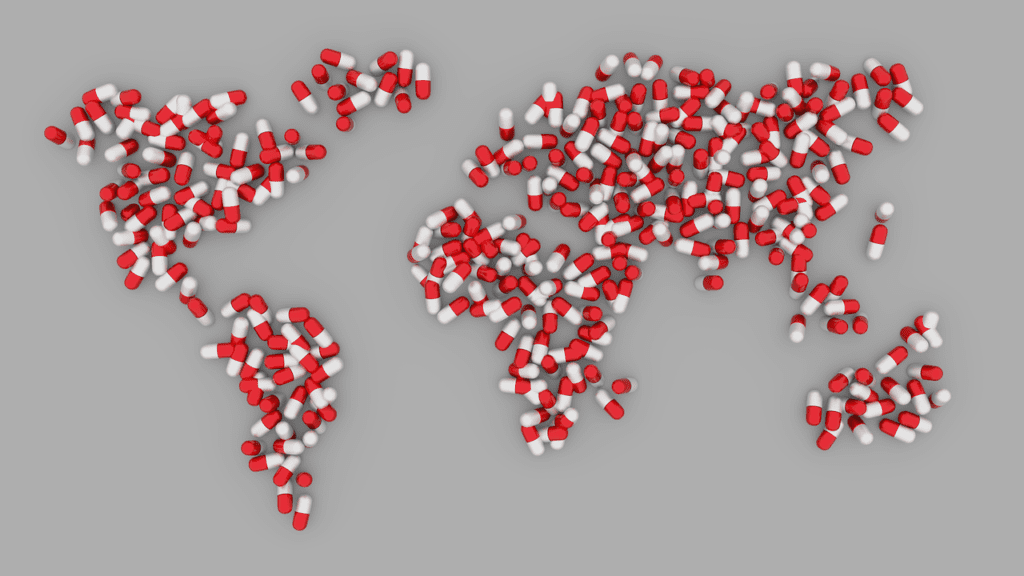The Word “Rare”
Unfortunately, many experts in rare disease believe the phrase “rare disease” may be harming the very population it describes.
The Director of the National Center for Advancing Translational Studies, or NCATS, a branch of the National Institutes of Health (NIH) is Christopher Austin. During his presentation at the the 2019 World Orphan Drug Congress (WODC 19), he discussed the drastic need for change regarding how we address rare diseases. He calls it a public health issue.
WODC 19
WODC 19 included 350 different speakers. There were 1,200 attendees from 50 different countries. Around 200 patient advocacy organizations were present at the conference including groups representing Duchenne muscular dystrophy, Friedreich’s ataxia, and Alport syndrome. Eurodis and the National Organization for Rare Disorders, the two leading global rare disease organizations, were also in attendance. The 3 day event provided an opportunity for discussion, and a space for collaboration between experts in the field of rare disease.
The State of Rare Disease
The definition of rare disease varies immensely, complicating how we navigate rare conditions globally. For instance, in the United States a disease is “rare” if there are fewer than 200,000 people in the country living with a diagnosis. In Japan, a disease is only rare if it affects fewer than 50,000 individuals. In Europe, a condition is only considered rare if it doesn’t affect more than one individual out of every 2,000.
Worldwide there are approximately 7,000 known rare diseases. Combined, rare diseases have the same prevalence as type 2 diabetes (8%). Unfortunately, for most people, when they hear the word “rare” they assume the prevalence is far less.
For just the rare diseases that we currently know exist, its estimated that it will take another 2,000 years for each to have a singular approved therapy. That’s not including all of the new diseases that are consistently being discovered (around 250 each year). For this reason, experts say its imperative that we change our approach. Instead of focusing on a singular disease at each time, we need to begin evaluating multiple diseases at once.
As things are now, rare disease patients are spending far too long navigating different specialists attempting to find their diagnosis. Throughout this period, they often suffer irreversible damage, and a consistently declining quality of life. It is especially disheartening for those whose illness has an approved therapy that could have changed their life, if only they had known what they had earlier. Even after patients finally receive an answer, they may be at such an advanced stage of disease that they are no longer eligible for the therapy that could have saved them.
Not to mention that during this time they often spend an exorbitant amount on healthcare costs, much of which usually isn’t covered by insurance companies.
The State of Rare Disease Research
There are 20 primary sponsors of clinical trials worldwide. However only four of these companies between the years of 2008 and 2019, focused at least 50% of their trials on rare diseases.
Another major issue surrounding the search for treatments for rare conditions is that researchers dedicated to the cause typically don’t utilize diverse populations for their clinical trials. 95% of clinical trial data is from white participants. But the genetic composition of different populations of people is different, meaning how they respond to a drug may also differ. This leads to results which are only indicative of how a small group of individuals will respond to the therapy. As a result, patients that don’t belong to the population that tested the drug often face unexpected side effects, or don’t respond to a treatment that has been acclaimed as a miracle drug.
We need to make radical changes to the system.
New Goals
Christopher Austin outlines three specific goals for the next ten years:
- Shorten the time of diagnosis to a year or less for all those suspected of having a rare disease. To accomplish this, Austin suggests coordinating a global diagnostic and research pipeline. Currently, some patients wait 15-20 years just to know the true name of their ailment.
- Approve 1,000 new rare disease treatments.
- Create new methodologies which can better assess the impact that both diagnoses and treatments have for patients.
One additional suggestion is to stop calling rare diseases rare. Instead, we could use the phrase “frequently missed diseases.” This could potentially minimize the frequency in which a rare diagnosis is overlooked. Too often, medical professionals dismiss these diagnoses because they simply don’t believe, statistically speaking, they’ll ever encounter someone with that illness. However, rare diseases are actually much more common than many people think.
It’s time we start acting like it.
You can read more about this take on the state of rare disease diagnostics here.







